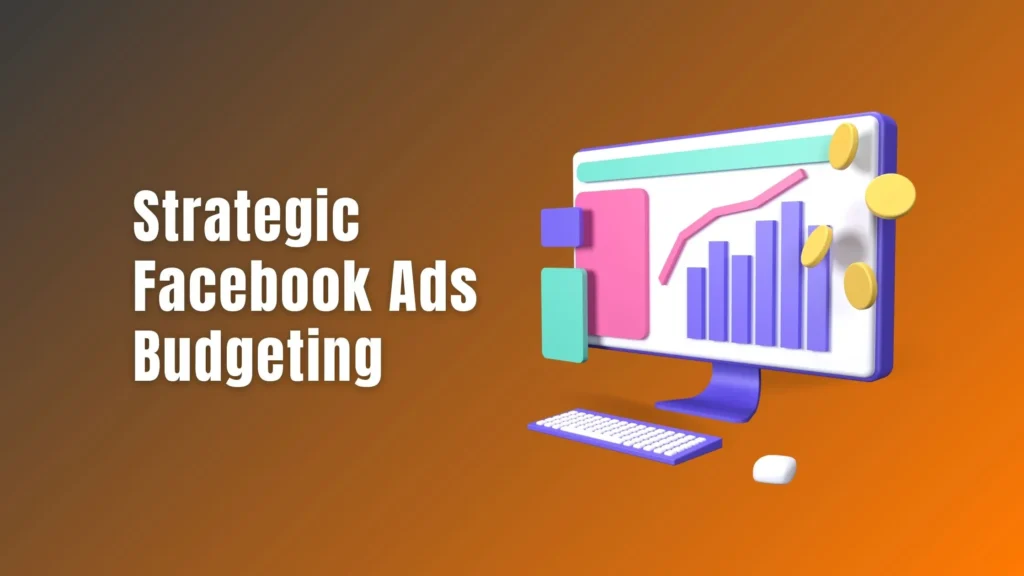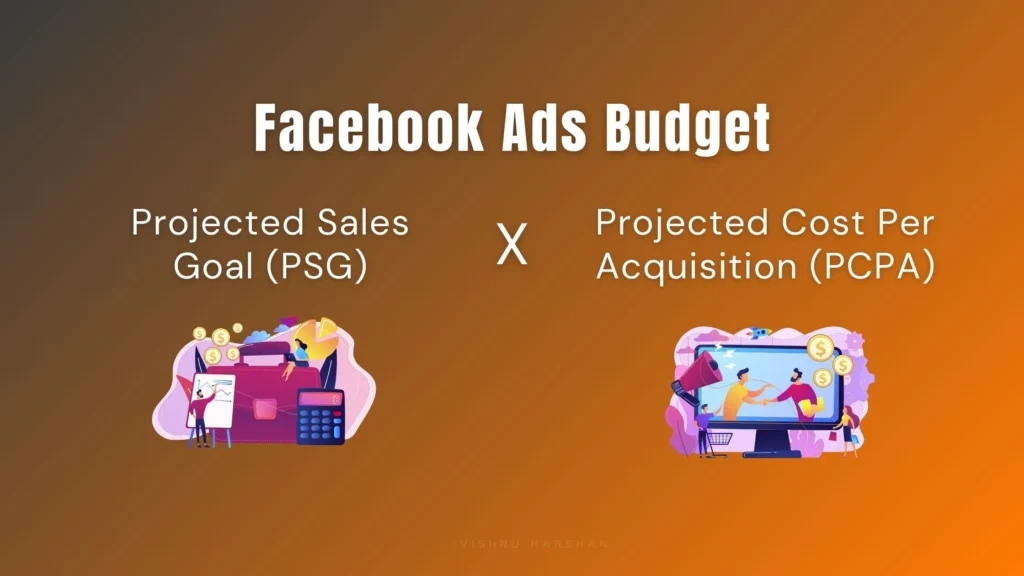
Do you want to make sure your advertising budget is being used effectively?
“If your answer is a big Yes, then you have landed at the correct destination..
In this post, you’ll discover a 3-step process for determining the perfect ad budget based on your income goals.
Additionally, you’ll learn four effective ways to reduce your ad spend while still getting optimal results.
In this post, we’re diving into the realm of performance-based advertising budgets for High Ticket offers.
This approach focuses on the principle of scaling your investment to achieve proportional or greater returns.
Essentially, for every dollar you invest in advertising, the goal is to earn a return ranging from minimum 2X to 10X that amount, or possibly more.
However, it’s important to note that this isn’t just about throwing more money at ads and expecting higher profits.
It’s a strategic game where you need to continuously optimize and monitor your ad campaigns to ensure that the increased spending actually translates into substantially higher returns.
So, the emphasis is on ”smart investment, not just increased spending.”
The traditional marketing budgeting model allocates 10-20% of the budget to brand awareness or lead generation.
This approach can also be applied to Facebook ads.
Here’s the Game Plan for Your Facebook Ads Budget.
1. Decide Your Revenue Targets Using Facebook Ads Budget
First up, flip the script. Instead of starting with a budget, think about how much you want to earn.
If the goal is to achieve $30,000 in sales from a $2,000 product, here is how to calculate your Projected Sales Goal(PSG)
Projected Sales Goal: $30,000/$2000 = 15
You need to generate 15 sales of $2000 product to achieve the revenue goal of $30,000.
However, it is essential to reflect realistic expectations with revenue goals, particularly for newly launched products or services.
An effective strategy is to align the Revenue goal from Facebook ads with the revenue achieved in the previous month, thus setting a feasible target for the subsequent period.
2. Nail Down Your Projected Cost Per Acquisition (PCPA)
A critical component of the Facebook ads budget is the Projected Cost per Acquisition (PCPA).
Let’s say you’re prepared to spend $200 in order to acquire one Conversion.
In other words, you would receive a Conversion for every $200 spent on Facebook ads.
Essentially, here your PCPA is $200.
It is important to base the PCPA within the Facebook ads budget on realistic expectations, taking into account industry standards and competitor analysis.
The PCPA is a pivotal aspect of the Facebook ads, as it impacts the overall profitability of the campaign.
3. Calculate Your Ideal Facebook ads budget

To finalize your Facebook ad budget..
Multiply Projected Sales Goal PSG and Projected Cost Per Acquisition PCPA
In our scenario 15 * $200 = $3000
So to make $30k revenue, you should be ready to spend somewhere between $2500 to $4000.
(Typically, businesses allocate 5-15% of their revenue to advertisements)
When incorporating lead generation and retargeting strategies, it is advisable to allocate 10% of the Facebook ads budget specifically for retargeting purposes.
Therefore, in the given example, your sales campaign budget would be $3000, and you should allocate $300 for retargeting.
Incorporating the Learning Phase into the Facebook Ads Budget
In planning the Facebook ads budget, it is essential to consider the ‘learning phase‘ of the ad sets.
All the adsets should provide 50 optimized events within a week post the last significant edit to exit the learning phase.
If not, the adset will move into Learning Limited. So allocate an appropriate daily budget.
In the example above, the ideal daily budget would be $1400. However, there are other strategies to work around the Learning Limited 🙂
Strategies to Optimize the Facebook Ads Budget
- Monitoring and Adjusting Based on CPA: If the actual cost per acquisition (CPA) exceeds the expected amount by 200%, it is crucial to reassess and readjust the Facebook ads strategies. (instead of stopping everything entirely)
- Targeting a High CTR for the ads: Aiming for a CTR above 3% is a strategic move within the Facebook ads budget planning. This indicates the need for high-quality creatives and precise audience targeting.
- Enhancing Engagement to Optimize performance: Active engagement on ad posts can lead to a more cost-effective CPM, thereby optimizing the overall Facebook ads budget.
- Evaluating Landing Page Conversion rate: Monitoring landing page conversion rates is essential for the effective allocation of the Facebook ads budget. Conversion rates below 1% necessitate revisions in the landing page optimization.
Conclusion: Take a Methodical Approach
In summary, Facebook ads budget requires a methodical approach, taking into account revenue goals, historical data, and industry benchmarks.
The Facebook ads budget should be crafted with consideration to ensure the profitability and effectiveness of the advertising campaign.
How much are you willing to invest on Facebook ads?
Pingback: Maximizing ROI: Strategic Facebook Ads Budget |...